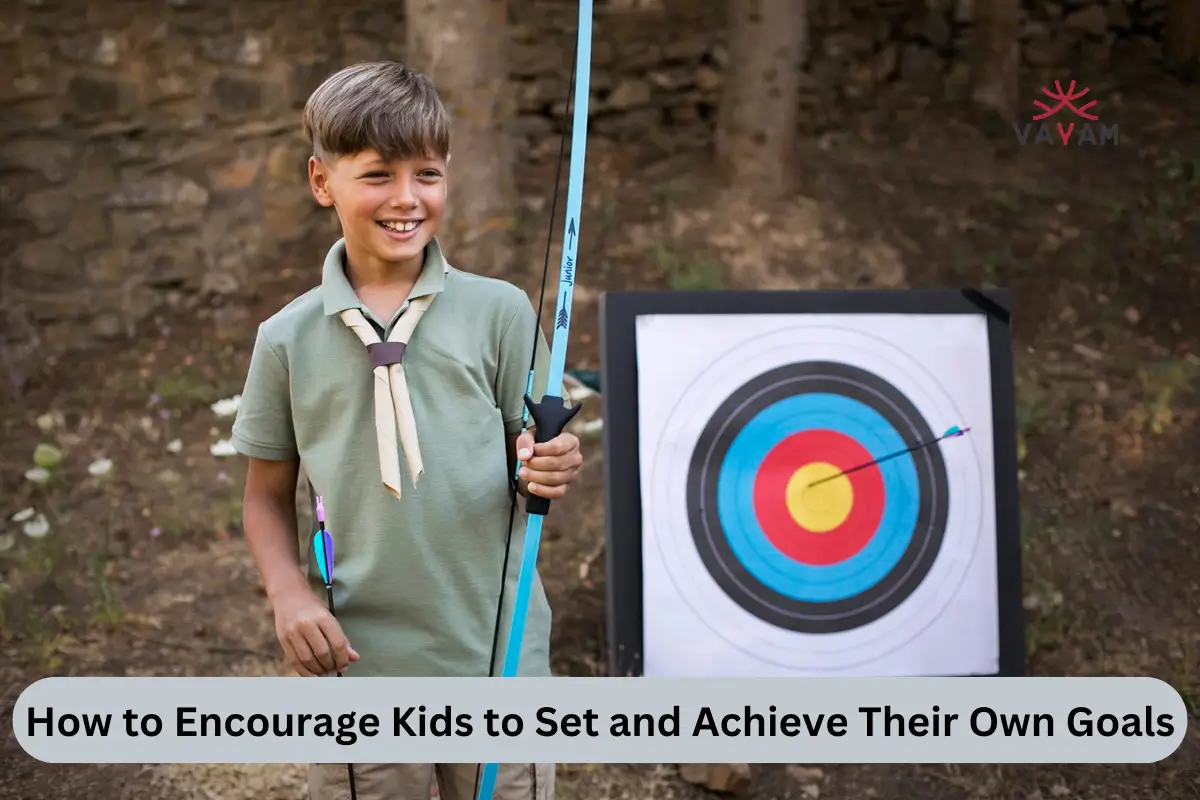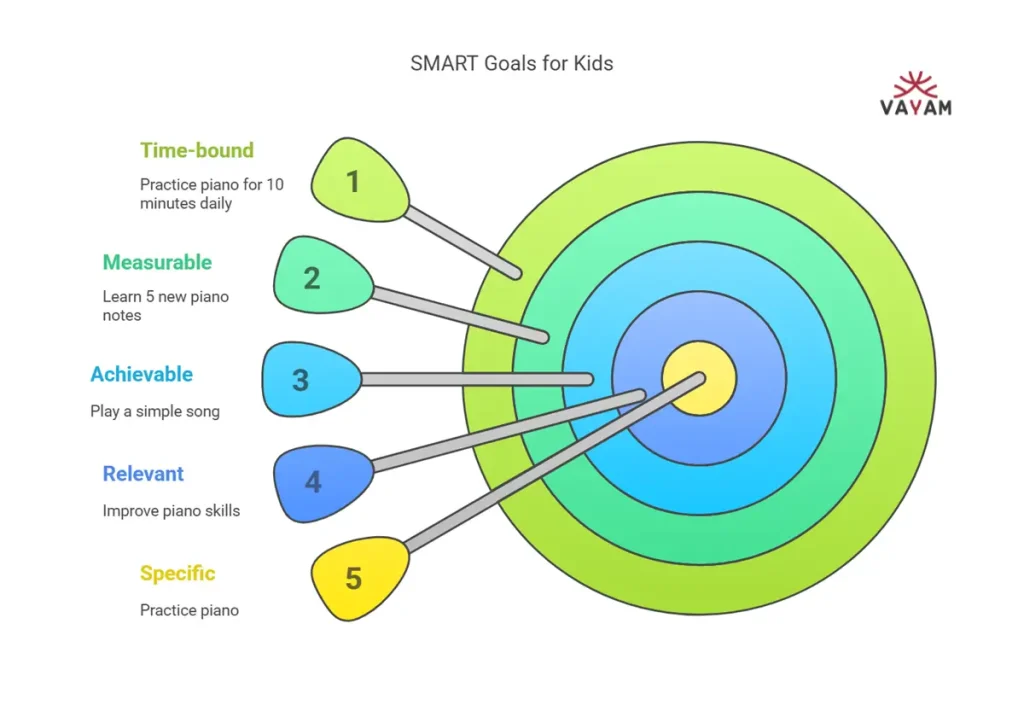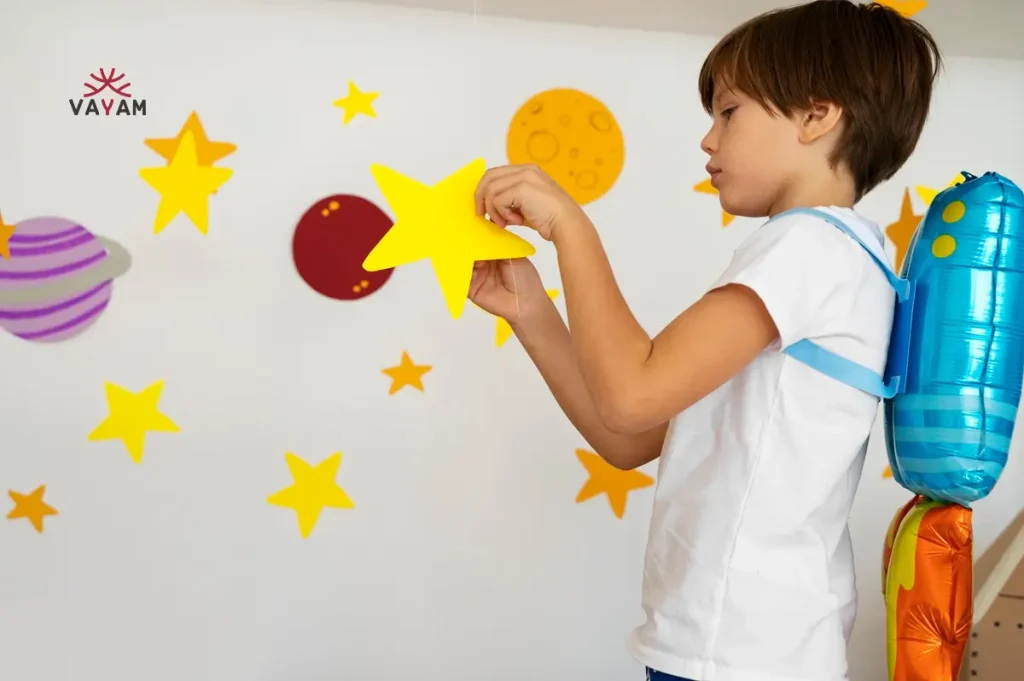
Helping kids set and achieve their own goals is one of the most empowering gifts we can offer. It builds confidence, teaches responsibility, and prepares them for a future of self-driven success. But how do we guide them without taking over?
This blog dives deep into practical, actionable strategies to inspire kids to dream big and follow through. From fostering independence to celebrating small wins, we’ll cover it all with real-world tips and insights.
Why Goal-Setting Matters for Kids
The Benefits of Early Goal-Setting
Goals give kids a sense of purpose. When they decide to learn a new skill—like riding a bike or reading a chapter book—they feel proud of their progress. Studies show early goal-setting boosts self-esteem and problem-solving skills.
It’s not just about the end result. The process teaches patience, planning, and perseverance—skills they’ll carry into adulthood.
How It Shapes Their Future
Think of goal-setting as planting seeds for success. Kids who practice it learn to take initiative and manage their time. These habits translate into better grades, stronger relationships, and even career achievements later on.
Plus, it’s fun! Kids love the thrill of hitting a target they set for themselves.

Understanding Your Child’s Interests and Strengths
Listening to Their Passions
Every kid is unique. One might dream of becoming an astronaut, while another wants to bake the perfect cookie. Start by asking open-ended questions like, “What makes you excited?”
Listen without judgment. Their answers reveal what drives them.
Spotting Hidden Talents
Sometimes, kids don’t know their own strengths. Watch them in action—do they light up when drawing or solving puzzles? These clues help you guide them toward goals they’ll stick with.
Encourage exploration. Trying new things uncovers passions they didn’t know they had.
Steps to Help Kids Set Realistic Goals
Breaking Down Big Dreams
Big goals can feel overwhelming. If your child wants to “be a soccer star,” help them start small—maybe “score one goal this season.” Small steps build confidence.
Talk it out together. Ask, “What’s one thing you can do this week to get closer?”
Using the SMART Framework
SMART goals—Specific, Measurable, Achievable, Relevant, Time-bound—work wonders for kids. Instead of “get better at math,” try “finish five math problems by Friday.” It’s clear and doable.
Keep it simple. Younger kids might just focus on “Specific” and “Time-bound” at first.

Read More
How MGNREGA Helps Rural Women Achieve Financial Independence
From Street to School How You Can Help Girls Get an Education
Teaching Kids to Stay Motivated
Building a Growth Mindset
Kids need to know effort beats talent over time. Praise their hard work, not just results—say, “I love how you kept trying!” This builds resilience.
Share stories of famous people who failed before succeeding. It shows setbacks are normal.
Overcoming Setbacks
Mistakes happen. If they miss a goal, ask, “What can we do differently next time?” Turn flops into learning moments.
Keep the vibe positive. A little encouragement goes a long way.
Tools and Activities to Support Goal Achievement
Vision Boards and Journals
Get crafty! A vision board with pictures of their dreams—think a soccer ball or a guitar—keeps goals front and center. Journals let them track progress and doodle ideas.
Make it a family activity. Everyone can share their boards.
Fun Goal-Tracking Apps
Tech-savvy kids love apps like “Habitica,” which turns goals into a game. They earn points for tasks like “read for 20 minutes.” It’s motivating and interactive.
Pick age-appropriate tools. Simple charts work for little ones.
The Role of Parents in Goal-Setting
Guiding Without Controlling
It’s tempting to take the wheel, but resist. Offer suggestions, not orders—say, “What do you think about trying this?” Let them own the process.
Step back when they stumble. They’ll learn more from figuring it out.
Celebrating Milestones
Every win counts. Finished a book? Throw a mini dance party. Hit a sports goal? Grab ice cream. Celebrations keep them excited.
Keep rewards small and meaningful. The real prize is their pride.
Answering Common Questions (PAA)
Why Do Kids Struggle with Goals?
Kids often lack focus or fear failure. Big goals feel scary, and distractions like screens don’t help. Simplify tasks and build their confidence with tiny wins.
Patience is key. They’re still learning how to prioritize.
How Can I Motivate a Lazy Child?
“Lazy” might mean bored or unsure. Spark their interest with goals tied to what they love—gaming, art, sports. Offer gentle nudges, not lectures.
Consistency matters. Start small and cheer them on.
What Are Good Goals for Kids?
Good goals match their age and interests. A 5-year-old might aim to “tie my shoes,” while a 10-year-old could “save $10 for a toy.” Keep it personal and fun.
Avoid generic goals. Let them choose what clicks.
At What Age Should Kids Start Setting Goals?
As young as 3 or 4! Toddlers can aim for “put toys away” with help. By 6 or 7, they can handle more, like “read one book this week.”
Start early. It’s never too soon to learn.
How Do I Help My Child Stick to Goals?
Break goals into bite-sized pieces and check in weekly. Use visuals like a sticker chart for progress. Stay positive—focus on effort, not perfection.
Be their cheerleader. Support keeps them going.

Final Thoughts: Raising Goal-Getters
Encouraging kids to set and achieve goals isn’t about pushing them it’s about unlocking their potential. With your guidance, they’ll learn to dream, plan, and persevere. The result? Confident, capable kids ready to take on the world.
Start today. Ask your child, “What’s one thing you’d love to do?” Watch the magic unfold.
